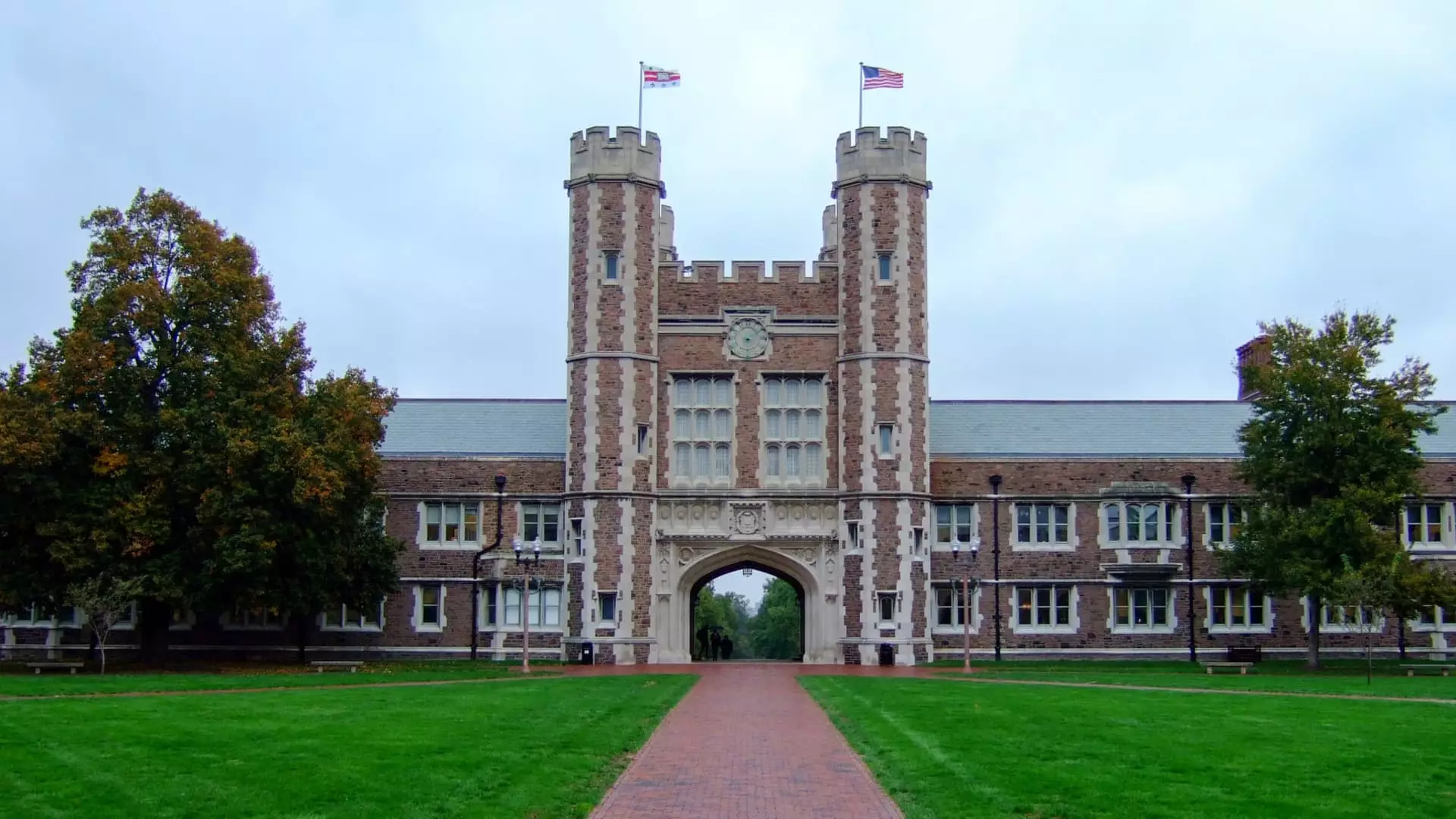As the cost of attendance at colleges continues to soar, some institutions are approaching a figure close to six figures per year. The expenses, which include tuition, fees, room and board, books, transportation, and other miscellaneous costs, are becoming more and more burdensome for students and families. According to data provided to CNBC from The Princeton Review’s “The Best 389 Colleges” list, eight prestigious institutions, such as New York University, Tufts, Brown, Yale, and Washington University in St. Louis, have a sticker price exceeding $90,000 for the 2024-25 academic year. This upward trend in tuition adjustments, averaging around 4% annually, could push these institutions and others over the $100,000 mark by 2026.
This staggering sticker shock is proving to be a major deterrent for prospective students, even with grant aid available. Sameer Gadkaree, president of the Institute for College Access and Success, emphasizes that these costs are simply unaffordable, especially for families with low to moderate incomes. The drastic reductions in state funding for higher education have played a significant role in the substantial tuition increases witnessed across the country. The burden of financing a college education has increasingly shifted onto students, creating a challenging financial landscape for many.
Despite the rising costs, most students and their families do not pay the full amount out of pocket. Sallie Mae’s report, “How America Pays for College,” reveals that the actual expenditure on education costs in the 2023-24 academic year averaged $28,409. Parental income and savings cover nearly half of these costs, while scholarships, grants, and student loans account for the remainder. The U.S. Department of Education allocates approximately $120 billion annually to support students in their pursuit of higher education.
In addition to federal aid, students may qualify for financial assistance from their state, college, or through private scholarships. However, accessing this aid often requires completing the Free Application for Federal Student Aid (FAFSA). Unfortunately, issues with the new FAFSA have led to a decline in applications, as reported by the National College Attainment Network. This decline in financial aid applications could potentially translate to fewer students enrolling in college, exacerbating the already worrying trend of rising tuition costs.
Despite the challenges presented by the escalating costs of college attendance, there is a silver lining. Many colleges, particularly private institutions, are dedicated to meeting students’ demonstrated financial need. While the sticker prices may be intimidating, these schools strive to provide adequate financial aid to ensure that students from all backgrounds have access to higher education. The commitment to affordability and accessibility is a beacon of hope amidst the financial uncertainties surrounding college education.

